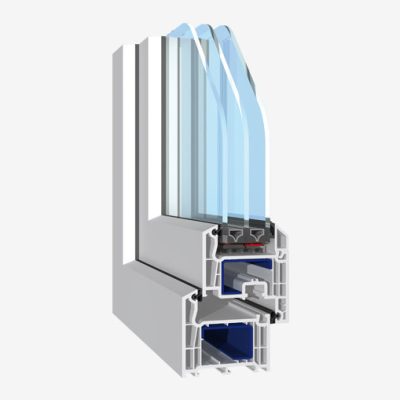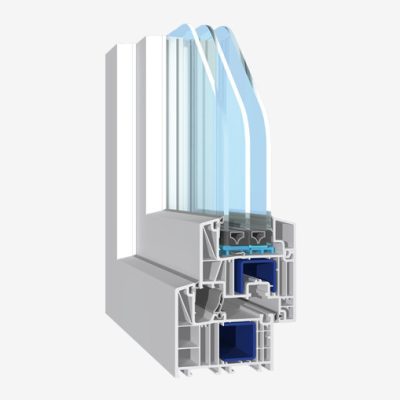Sliding patio doors and windows offer many possibilities, not only in terms of design, but also in terms of practicality. The sliding system creates favourable conditions for the use of large glazing and ensures that patio doors do not take up space inside the room when opened. Sliding patio doors have many other advantages besides those mentioned. Unfortunately, this solution also has disadvantages.
In single-family homes and large flats in new buildings, large windows and doors are very popular. They can be made traditionally as casement or sliding windows. Like hinged windows, sliding patio doors can be made of different materials, such as PVC, aluminium or wood. They also have very good insulation properties, both in terms of heat and noise. Glazing of this type is a perfect solution for people who want their exit from the house to be well lit and visually connected to the outside space. Sliding patio doors and windows are available in HST and PSK systems. Read also: HST windows vs SLIDE windows – which to choose? When the PSK tilt and slide door is in the closed position, its fixed sash and sliding sash form a straight line. A rail is mounted on the PSK window frame, along which the trolleys mounted on the inner frame of the movable sash and hidden under the cover plates move. Opening is done by tilting and sliding the movable sash away from the threshold. The PSK tilt and slide system allows for smooth and very quiet sliding of even very large and heavy patio windows. Tilting, on the other hand, is done in the same way as with traditional windows. Both low and high thresholds can be used with PSK tilt and slide windows.
The HST patio door has a sliding sash and a fixed sash which are parallel to each other and offset. The window is opened by sliding the movable sash past the fixed sash. The movable sash moves on a rail hidden in the floor on special rollers, and this movement is very smooth and does not require too much force. The window can be tilted anywhere by stopping its movable sash and lowering it with a handle.
HST lift and slide systems allow for the use of doors and windows with larger glazed areas, as well as corner glazing. Such solutions allow for additional lighting of the room, which also receives a lot of sunlight. This is a very interesting design solution. A very important advantage of HST sliding doors is the low threshold, which can be as low as 3 mm and be flush with the floor. The significant minimisation of the threshold barrier makes the HST system a great facilitation of communication to the outside and inside of the room.
HST sliding patio doors can be opened and closed using an electric control. This control is often operated by remote control, which is another advantage and increases the usability of this type of window. One of the disadvantages of HST windows is their high price, which is significantly higher than that of traditional balcony or terrace tilt windows. This price is also higher than that of tilt and slide windows made in the PSK system. One of the reasons for this is the incomparable comfort of use, which is why more and more people are opting for this solution.
To ensure proper thermal insulation, sliding patio doors must have a tight seal in addition to the materials used in their construction with a specific thermal permeability. This is extremely important, especially in the HST system. In this solution, the sealing is realised by means of integrated gaskets. The appropriate tightness of the space between the moving leaves of the HST door when they remain in the closed position is ensured by a special system of overlapping catches equipped with a rebate gasket system. Read also:Sliding patio doors and windows – what is worth knowing?
PSK tilt and slide windows
HST lift and slide window
Thermal insulation of sliding doors
Facebook



